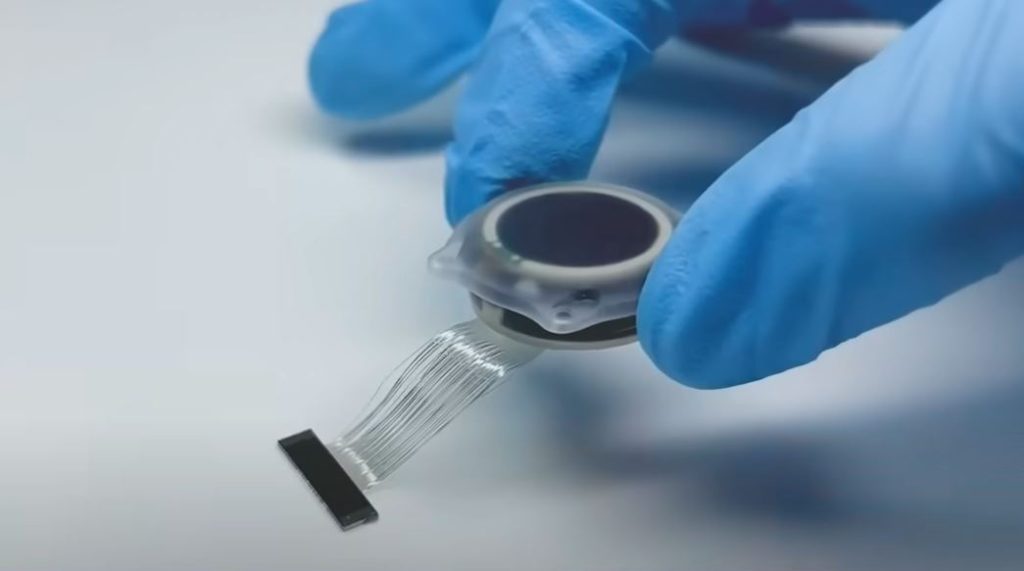By placing Neuralink’s chip, known as Telepathy, in a person for the first time, history was made. Musk revealed the success on his social network, X, saying that the six-year study’s initial stages had shown encouraging findings in terms of identifying electrical impulses from the patient’s brain.
The implanted device is part of a clinical trial initiated in 2023, focusing on individuals with quadriplegia due to spinal cord injuries or amyotrophic lateral sclerosis (ALS).
The primary goal is to intercept neural signals, enabling patients to regain control of their limbs by retransmitting these signals elsewhere in the body.
The US Food and Drug Administration approved the innovations approach in 2023 for use in medical testing.
Musk, however, has bigger plans for the technology than just clinical trials; he wants to build a “generalized input-output device” that can communicate with different parts of the brain. His ultimate goal is to create a direct mental link between people and the digital world.
Musk’s plan seems modern, but several experts advise caution. Professor of cognitive and computational neuroscience Anil Seth promoted the need for more scientific study in addition to technical know-how, noting decades’ worth of prior advancements in brain implants made by previous groups.
Though it is years behind schedule, the human study is in line with Neuralink’s goal of helping people with limited motor function.
Neuralink’s Revolutionary Brain Chip

The business wants to enable people with severe illnesses, including paralysis, to use their thoughts to communicate and operate external devices.
Neuralink’s chip implant involves the insertion of 64 threads with a total of 1,024 small electrodes into the brain, allowing the device to sense electrical signals.
The implant, facilitated by Neuralink’s R1 robot, is designed to minimize disruption to blood cells in the brain.
As Neuralink progresses with its human trial, other companies and research teams worldwide are also advancing in the field of brain-machine interface (BMI) or brain-computer interface (BCI) technology.
While the competition is fierce, Neuralink’s focus remains on utilizing modern electronics and computing technology to interpret and communicate with the brain’s electrical signals.
A brochure documenting the trial’s six years will almost surely be widely watched, since it has the potential to completely transform the way that technology and neuroscience interact.









